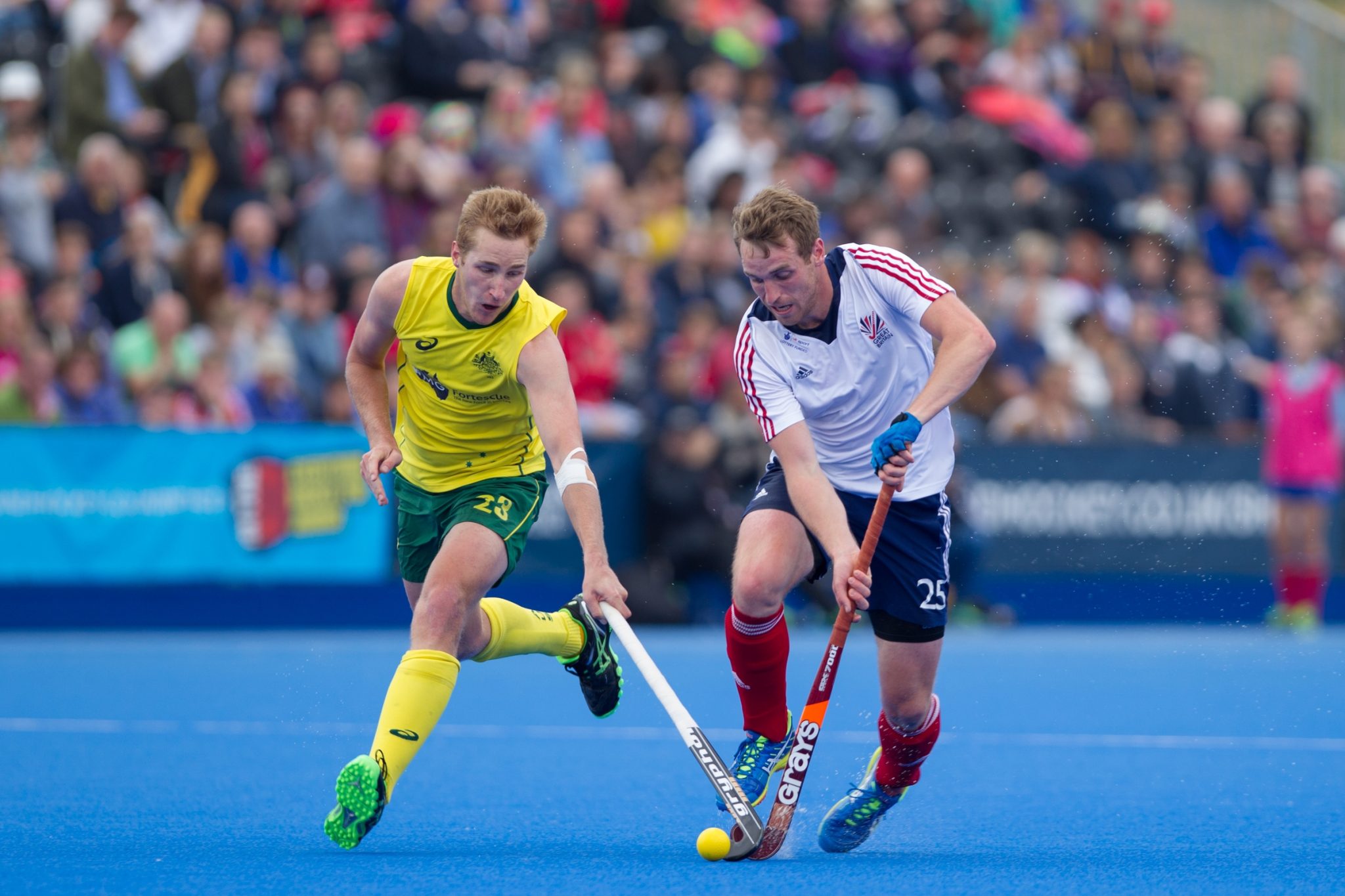Three stories in the Australian sports media caught our columnist Todd Williams‘ eye in recent weeks – and they don’t paint the prettiest of hockey pictures
Firstly, The Herald Sun announced Hockey Australia’s plan to launch a “Big Bash” style league, after the regular winter season, to replace the current AHL.
Televised by Fox Sports, with international import players and his beloved rule modifications, Hockey Australia’s CEO Matt Favier described the new competition as an opportunity to “not only retain current fans, but engage new fans”.
A day later, ABC featured an interesting article about the struggles of basketball and football (soccer) on Australian TV. Despite those sports enormous grass roots participation (at least three and six times bigger than hockey respectively) and their big crowds, they are apparently drawing a blank when it comes to TV audiences.
Both basketball and soccer, just as hockey plans to do, already play their national leagues outside of the football (Aussie Rules, Rugby League and Rugby Union) dominated winter.
Yet, the two sports “are struggling to convert their enormous participation and encouraging live audiences into the kind of TV viewing figures that will, inevitably, provide the funds needed to underpin their sustainability and growth.”
Wow. It’s a tough gig when you can count your playing numbers in the hundreds of thousands, your crowds in the tens of thousands and people still won’t watch your game on telly.
The Australian then reported on the struggles of hockey in Australia at the grass roots level, which painted a concerning picture. Despite continuing to attract young players to the game, participation numbers are apparently on the small but steady decline – about one per cent a year.
Central to the problem is the challenge of retaining young players after they’ve been introduced to the game, with Favier explaining how the Australian government’s freeze on funding has made the journey for aspiring young players (and their parents), increasingly expensive.
These three stories seem to sum up hockey’s dilemma. A televised, top domestic league, spiced with Favier’s “celebratory moments” might help attract fans to the game, but will it attract the desperately needed sponsorship revenue to ease the burden on young players and their parents?
But isn’t the solution simple? Surely just stop spending so much on the elite and send it down to the clubs and their juniors?
Unfortunately it’s just not that easy and in defence of Hockey Australia and the other governing bodies around the world tied to government funding, it might be our beloved Olympics that are to blame.
The reality is that government funding, and in particular the significant sums that are allocated for Olympic programmes, are as much a poisoned chalice as a benefit. For all the help to infrastructure, talent development and the sport’s profile every four years is countered by the fact that the funding is based on the possibility of medal success ahead of the overall health of the sport.
Take the winter sport of skeleton in UK as an example. With three medals in Pyeongchang this year, the skeleton’s funding has been boosted from £6.5m to £7.2m leading up to Beijing. At a tick over £2m per medal though, that represents unbelievably good value for UK Sport when, for example, GB hockey’s £17m can only ever yield a maximum of two medals.
The “health” of skeleton though is a different matter. With not even a training track in Britain, skeleton has no domestic clubs or competition and not enough athletes to fill a sports hall.
Of course the incredible medal winners have provided huge inspiration, but anyone in the UK wanting to try the sport is more likely to end up in a sports hall playing basketball or badminton once they find out there isn’t a 1500m long, refrigerated track with a 100m vertical drop around the corner.
The real irony though is that basketball and badminton have had their Olympic funding from UK Sport almost completely cut as they have little or no Olympic medal-winning prospects.
Just like these sports, hockey in countries like Australia and GB have the same grass roots responsibilities. And whilst recent medals and current world rankings make their Olympic funding from the government reasonably secure, it’s the ever-present danger of the IOC dropping hockey altogether that has the funding finger perilously close to the trap door button.
But is losing Olympic funding the real danger facing hockey in those countries? Or is it possible that it’s the weight of the Olympic programmes at the top of the tree that are actually crushing the roots of hockey underneath?
Well, let’s look at some worrying symptoms. If, as The Australian states, participation numbers in Australia are declining at the same time that the game is becoming more expensive for junior and club players, then there’s clearly a problem.
Similarly, if you are one of those players whose fees are increasing but your club is still struggling to improve its pitches, clubhouse or coaching then things definitely aren’t moving forward.

And for talented young players, not only should the progress not cost you an arm and a leg, but you also want strong clubs offering good coaching and competition. That should then complement national junior programmes rather than them just using clubs as a source of raw product. The win-win of course is that this ensures that more players progress forward and that late bloomers, or less well-known players, aren’t discarded too early.
For the same reasons, you also want to see a top domestic league with standards getting as close to the international programmes as possible. In Holland for example, the 12 men’s and women’s Hoofdklasse club teams enable well over 200 players of either gender to be training at least five times a week.
In Australia, the eight AHL teams effectively create a pool of between 130 and 160 players who train at least twice as much as players train in local club teams. Top Hoofdklasse games or AHL finals matches are consequently not a million miles away from the standard of a regular international. Please watch them on YouTube if you don’t believe me.
So, just imagine the impossible for a second and the IOC somehow drops hockey tomorrow and the Olympic funding goes with it.
How strong is the game at your grass roots level to absorb the shock?
Is your national association able to move into the world that netball and rugby league live in or would it be more like the financial crisis of 2008 where the chase for profit ignored the need for stability and sent the whole world into crisis?
If you’re worried that it’s the latter, then join the club.







